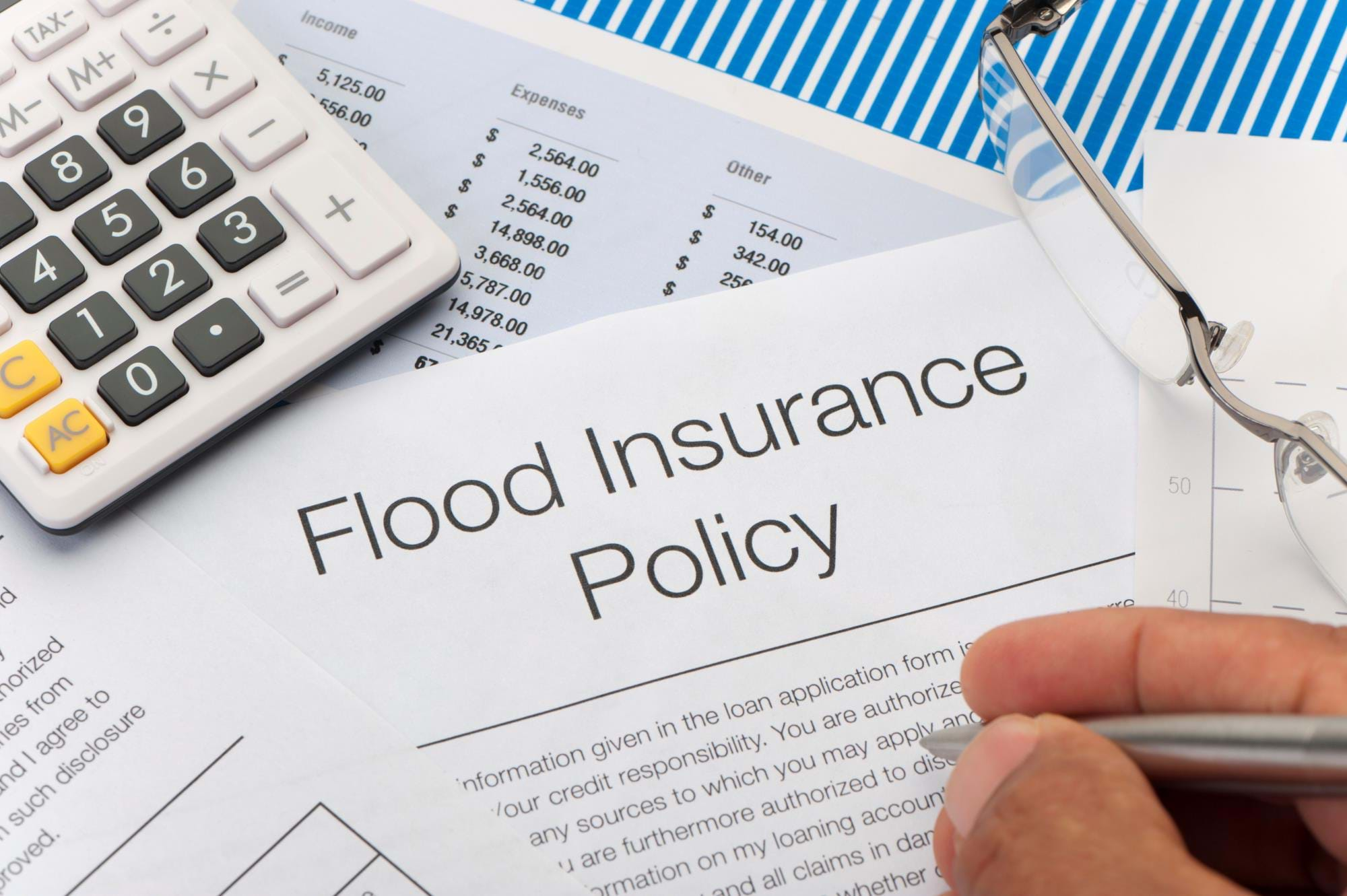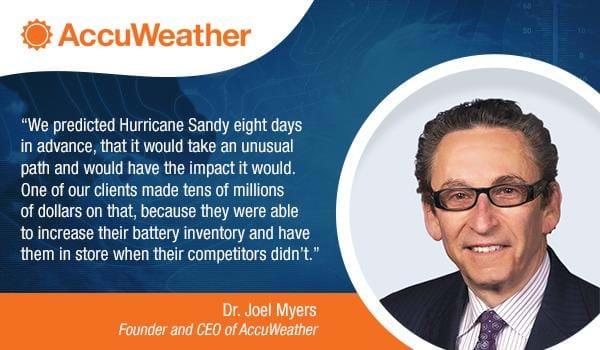In 1968, the National Flood Insurance Program (NFIP) was created to help provide property owners the ability to purchase sufficient insurance to protect themselves from the potentially devastating damages of perilous floods. Originally conceived as a self-sustaining entity with the freedom to borrow money from the United States Treasury as needed, the system held for decades. But since the catastrophic flooding which resulted from the back-to-back 2005 hurricanes (Katrina and Rita) in the central Gulf Coast in particular, the program has been upside down, paying more out in claims than it's receiving in premiums. Program deficits have reached up to $24 billion. This is partially because of out-of-date flood maps assessing risk throughout the country. “FEMA Risk Rating 2.0” is about to arrive and bring with it premium increases across the board.
As far back as 2012, a Congressional Budget Report predicted that premiums would not be able to cover the expected loss claims or to make up the program’s deficit. This prediction has proven true. But the statutory rate increase cap has and will continue to hold at 18%. The end result? There is not nearly enough funding available to cover flood claims. There are new methodologies for pricing and mitigation in the works which may show potentially significant rate increases in the next 6-12 months and going forward.
In addition to new tools for underwriting flooding characteristics, pricing on individual policies will be subject to a new rating and, as of now, are scheduled to be broken into two distinct phases where pricing of policies will be distributed evenly based on the value of the individual houses. By leveraging modern technology and more advanced actuarial practices, FEMA Risk Rating 2.0 will develop rates that better reflect a property's flood risk and that are actuarially sound based on claims data.
In Phase One, which should begin by October 1, 2021, all newly placed policies will be subject to the new (higher) rates. Existing policyholders will not see rate increases due to Risk Rating 2.0 before the implementation of Phase Two, tentatively scheduled for April 1, 2022. At that point, all renewal policies will then be subject to the new rating. A year from now, it is expected that all new and existing policies will see significant increases in premiums.
The largest increases will occur in homes that are in substantially higher risk areas for flooding but it is a fair guess to expect large rate increases across the board. Graham Company is on top of the changing landscape and will track rates as decreed by FEMA, keeping current and prospective clients aware of the coming adjustments. The exact numbers have not been officially announced, but we at Graham will do everything we can to prepare our customers for what to expect in October and in April, a year from now.








